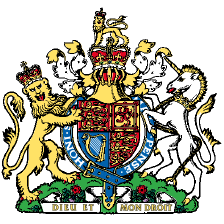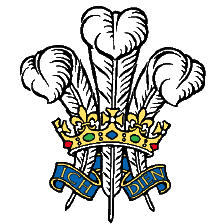As you may have read in the last couple of years, there is now new research that highlights Sycamore trees (Acer pseudoplatanus) as the cause of Atypical Myopathy, a mysterious and often fatal illness of grazing horses. The emergence and increasing occurrence of this illness has resulted in many sycamores being removed, and sadly a significant number of horse deaths in the UK. People are quite rightly now sceptical about planting trees in paddocks and the potential dangers that this may cause.
Being someone who has been into horses all my life, and indeed knows trees, it was a surprise to me when they were highlighted as being so dangerous and it is this which does mean you do need to exercise some caution when deciding what to plant in paddocks near grazing horses.
So, here is a little more information for you, to help you make some suitable species choices for your paddocks:
In most cases for paddocks, people are looking to provide some shade for the horses with the trees, and as such, given its robust nature, previously I would have recommended Ash, a hardy native tree that seem compatible with planting in paddocks. The emergence of Ash die back (Chalara), which has reduced Ash numbers in the UK has meant Ash is now off the menu, as in order to limit the spread of the disease the government has prevented the movement of Ash so are unable to move and sell them anymore.
Further to Ash Sycamore would always have been a good choice for speed of growth, hardiness and shape, however Atypical Myopathy has removed this option from the list too!
So, we look harder….. There is some research that identifies other members of the Acer genus which are safe to plant;
Acer campestre (Field Maple), which is found in the hedgerow and Acer platanaoides (Norway Maple) are both useful options for paddocks and do not contain the harmful Hypoglycin A. If you would like more information, this link highlights this research in detail: http://onlinelibrary.wiley.com/doi/10.1111/jvim.13927/epdf The summary on Page 1 – most significantly the section entitled “Conclusion and clinical importance”.
With the above in mind, in addition to Acer campestre and Acer platanoides (and their cultivars), the following are worth considering:
Poplar
Populus tremula (Trembling Aspen) – Poplars cope with wind, waterlogged ground, and are fast growing and fairly spreading. They can produce a whitish fluffy seed in the spring, but I have not known this to cause problems and I do have friends that have them in their paddocks.
Populus alba (White Poplar) – Similar to the above with attributes, however this tree has a silvery white underleaf.
Alder
Alnus glutinosa (Common Alder) – this is a fast growing, water loving tree that will tolerate exposed conditions. It works very well in the wet but has a more pyramidal shape than the Poplar so perhaps is not so wide from a shade point of view, that said they do not produce any seeds or anything that would cause trouble. It will also perform well on “normal”, more well drained ground.
Willow
Salix alba (White Willow) – Willow love water, so are useful in wet areas, they will become a wide and spreading tree that you can be easily pruned and managed. The bark of Willow has some medicinal qualities, so horses do seem to quite like eating it, which should not cause the tree too much damage, so long as it is the branches rather than the main stem. You may need to keep the horses off of the bark, as if they strip the bark of these the trees will struggle.
Salix alba Tristis (Weeping Willow) – More spreading, will weep fully to the ground, which might not be so appropriate from a shade point of view, so will depend upon where you would like to plant them.
Slower growing trees that will be the right shape for shade eventually (and be large)
Fagus sylvatica (Common Beech) These are a slow growing native tree that is large and spreading at maturity. This tree can reach over 20m in both height and width. It is likely to be a component of most native hedging (maintained to be smaller). Best planted on free draining, lighter soils than clay. If you have clay, and would like a tree with these qualities,
Carpinus betulus (Hornbeam) is the one to go for, see below. Carpinus betulus (Hornbeam) Similar in description to the above Beech, will form a large, spreading tree at maturity. This tree can reach over 20m in both height and width. It is likely to be a component of most native hedging (maintained to be smaller). Thrives on clay soils, if your soil is lighter, please opt for Beech (above).
Maples mentioned in report/link above
Acer campestre (Field Maple) Often found in hedgerow, this tree will form a Medium size tree that will tolerate most conditions, although will not like to sit on very wet ground.
Acer platanoides (Norway Maple) Comes in a variety of colours, is fairly tough and forms a larger and broad crowned tree, will not like to sit on very wet ground.
This species list is not exhaustive, and should you wish for more options, discuss further or book a site consultation, please do not hesitate in contacting myself or a member of our team.


View all Barcham trees
Bulk discount when you buy any mix of 10 trees or more


